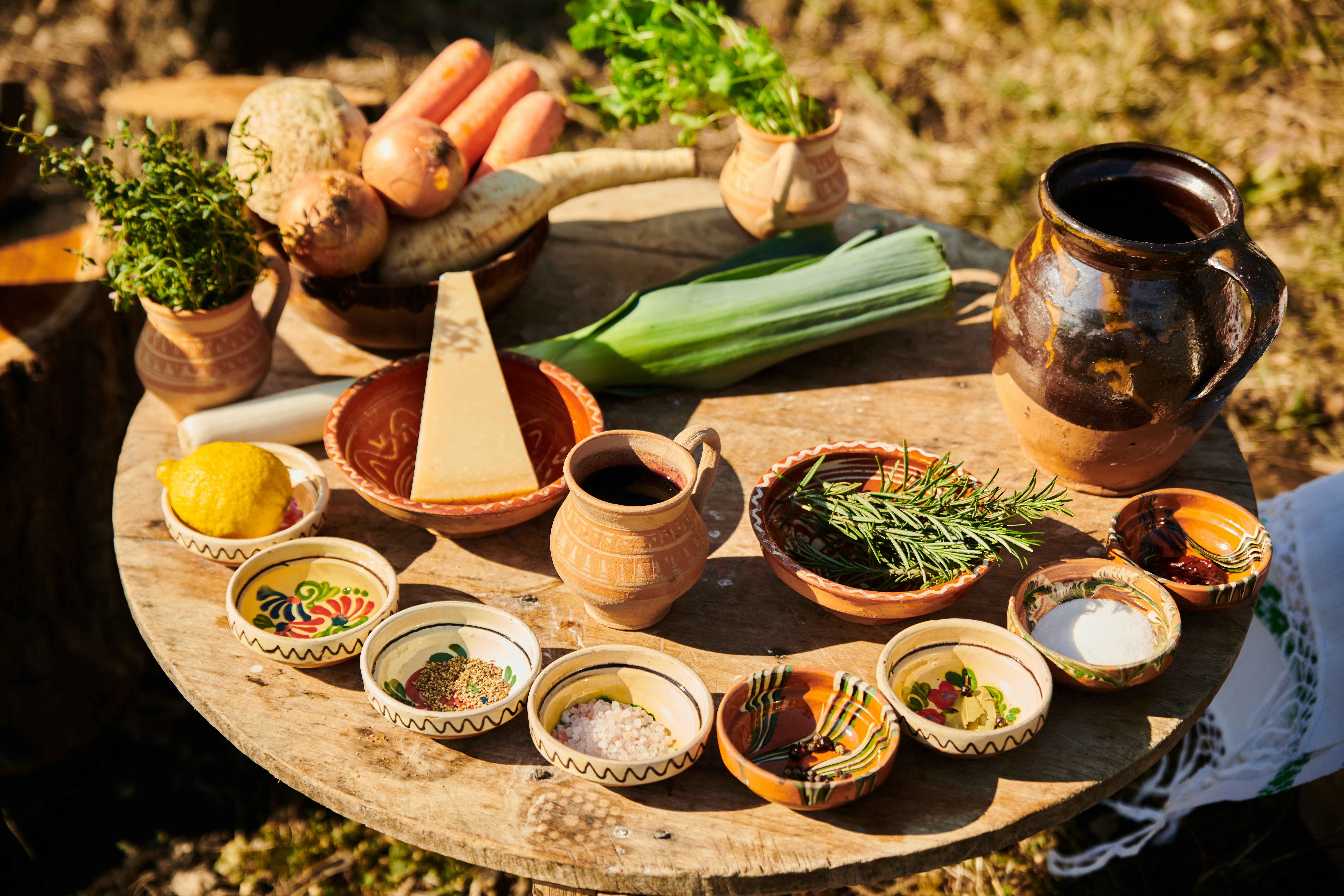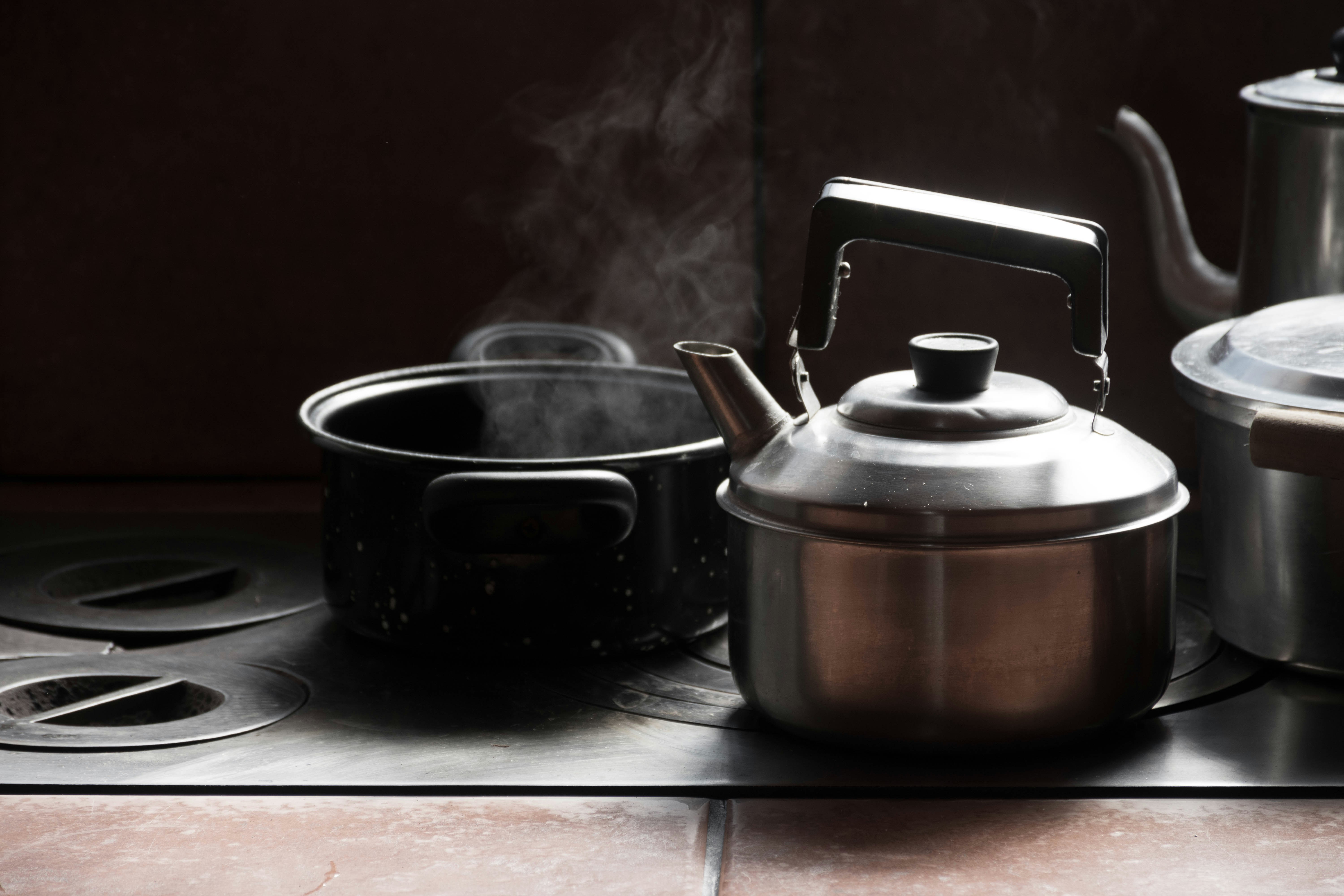Culinary Time Travel: Rediscover Historical Dishes in a Modern Way
Ever wonder how the food on your plate is connected to centuries of culinary evolution? Our culinary landscape is rich with flavors and recipes that have traveled through time, each telling a story of the people and cultures who created them. While modern cuisine is often about innovation, cannily twisting historical recipes can breathe new life into both your cooking experience and the dishes themselves. Join me as we journey back through time, exploring historical dishes that have shaped modern cuisine and how to recreate them today.
The Essence of Culinary Time Travel
The food we enjoy today is a result of millennia of experimentation, adaptation, and cultural exchange. Historical dishes not only offer a glimpse into past traditions; they also provide us with valuable lessons about flavor combinations, ingredients, and cooking techniques. Moreover, the stories behind these recipes allow us to connect with our culinary roots in a meaningful way. By recreating these dishes, we gain a new appreciation for the past while simultaneously influencing our contemporary approaches to cooking.
One fascinating aspect of historical cuisine is its ability to reflect the ingredients and cooking methods of the times. For instance, medieval European cooking relied heavily on local produce and spices imported from the East, creating a unique blend of flavors. Similarly, dishes from the Roman Empire often included ingredients not commonly found in today's diets, inviting us to experiment with fusion in our kitchens. For anyone interested in the foods that have survived the test of time, understanding historical dishes becomes a delicious adventure that enhances our culinary skills.
Why Recreate Historical Dishes?
Recreating historical dishes serves multiple purposes, not just in culinary growth but also in cultural education. When we cook dishes from the past, we can:
-
Connect with Our Heritage: Many recipes have been passed down through generations. Cooking these dishes revives familial histories and traditions.
-
Experiment with Unique Flavors: Historical recipes often include flavor combinations and ingredients that are out of the ordinary today, like saffron or wild herbs you might not consider for a modern dish.
-
Practice Culinary Techniques: Old methods such as fermentation, curing, and slow-roasting can enhance our cooking repertoire and teach us valuable skills.
-
Deepen Historical Understanding: Each dish encapsulates the context of its time—what people ate, how they cooked, and the significance of food in their cultural narratives.
Notable Historical Dishes to Recreate
1. Roman Garum: The Umami of Antiquity
Garum was an ancient Roman fish sauce that enriched a variety of dishes. In modern cooking, we often use soy sauce or fish sauce, but garum is a unique historical twist. It was made from fermented fish entrails and sea salt, resulting in an intense flavor that can elevate contemporary dishes.
How to recreate the essence of garum: - Substitute fish sauce with homemade fermented anchovy paste, blending anchovies, salt, and some vinegar for a fresher alternative.
Additionally, various dishes that might have been seasoned with garum, like stews or roasted meats, can be adapted with a splash of this umami flavor enhancer for a Roman-inspired meal.
2. Medieval Pottage: The Ultimate Comfort Food
Pottage was a staple in medieval households, a thick stew made with whatever vegetables, grains, or meats were available. This dish exemplifies resourcefulness and the use of local ingredients, which is still relevant today.
Try this modern twist: - Create a hearty pottage using seasonal vegetables, lentils, and herbs, allowing culinary creativity to flourish with whatever is locally available. Top it off with freshly baked bread to make it even more fulfilling.
Learn more about transforming your cooking using seasonal ingredients.
3. Victorian Sour Cream: An Unexpected Flavor Bomb
Sour cream has had a long history, dating back to Victorian times when it was used sparingly in desserts and sauces. Today, this historically rich ingredient can be incorporated into numerous modern recipes.
In the kitchen: - Try using sour cream to add a tangy depth to baked goods or use it as a rich dressing base for salads, reinvigorating your dishes with a Victorian flair.
4. Native American Cornbread: Ancient Meets Modern
Cornbread, an essential dish for Native American tribes, can easily be integrated into today's diets as a gluten-free alternative when made with cornmeal and other grains.
Cooking tip: - Feature fresh herbs, cheese, or even sweet corn in your cornbread for delightful variations.
For an adventurous twist, you might explore how flavors and cooking methods interplay across cultures, enhancing our culinary experiences even more. Explore global culinary influences with unique ingredients here.
Cooking with Intention: Techniques Inspired by the Past
As you embark on this culinary time travel journey, consider incorporating techniques from these historic recipes into your cooking. Here are a few that stand the test of time:
-
Fermentation: Embracing methods such as fermentation can elevate not just flavor but also healthiness in any dish. Try quick-pickling or fermenting vegetables as a nod to ancient preservation methods.
-
Slow Cooking: Many historical dishes emphasize lengthy cooking times. Consider using a slow cooker to recreate traditional braises that allow flavors to meld harmoniously over time.
-
Embalming Aromas: Scents can significantly influence taste. Explore how the scent of cooking enhances your culinary creations.
-
Flavor Pairing: Understanding flavor profiles has deep historical roots. Use spices more liberally, as once common in culinary practices, to discover new taste combinations.
Building a Connection Through Cooking
Creating dishes reminiscent of history allows you not just to feed the body but also the soul. Delve deeper into cooking and create stories around your meals, like how historical flavors can ignite all the senses, creating lasting memories.
This relationship between our meals and our emotional well-being becomes evident in practices such as mindful eating. Research shows that when we engage fully with our food—focusing on taste, texture, and even the aroma—we cultivate a sense of gratitude and enjoyment. Discover how to incorporate mindfulness into your meals.
Final Thoughts: Embrace Culinary Time Travel
Incorporating historical recipes isn't merely a nostalgic endeavor; it’s a way to infuse your cooking routine with creativity and depth. Take inspiration from traditional dishes, remember their significance, and adapt them to modern preferences. Each meal you prepare can become a dialogue between past and present as you explore new flavors and techniques that tell stories of innovation.
So dip your whisk into history and let each bite be a delectable reminder of where we’ve come from and where we’re heading in our culinary adventures.
Explore More!
If you’re excited to uncover more historical dishes and how they can transform your culinary experience, check out our in-depth guides and blogs. Let’s continue this journey through time, one delicious recipe at a time!
: Discover the magic of culinary time travel as we recreate historical dishes that influenced modern cuisine, blending tradition with contemporary cooking!









